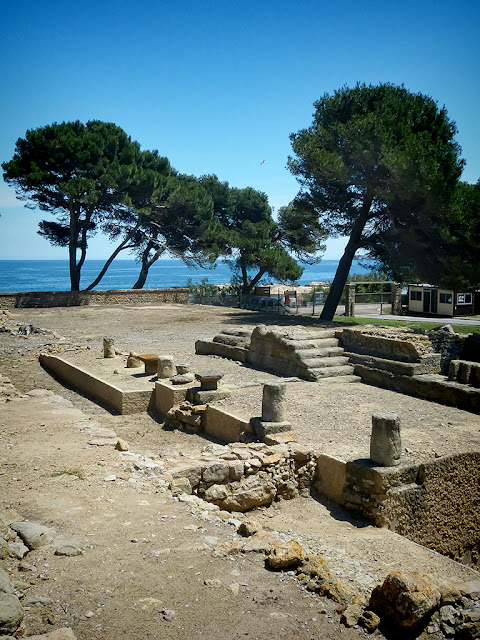Archaeological collections from Egypt and Sudan - Ongoing at The Petrie Museum in London, United Kingdom

Archaeological collections from Egypt and Sudan - Ongoing at The Petrie Museum in London, United Kingdom. The Petrie Museum houses one of the largest archaeological collections in the world, some 80,000 objects, for Egypt and Sudan. It is named after William Matthew Flinders Petrie (1853-1942), appointed in 1892 as first University College London Edwards Professor of Egyptian Archaeology and Philology. Over three-quarters of the material comes from excavations directed or funded by Petrie, or from purchases he made for university teaching. Here you can see the Tarkhan Dress, the world's oldest surviving woven garmet, a v-neck linen shirt radiocarbon dated to the late fourth-millennium BC. Gilded cartonnage mummy mask from the Roman Period. 5th Dynasty bead-net dress Roman period mummy portrait from the Fayum region

















